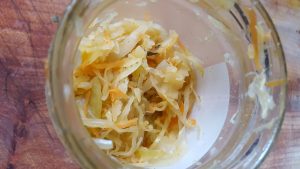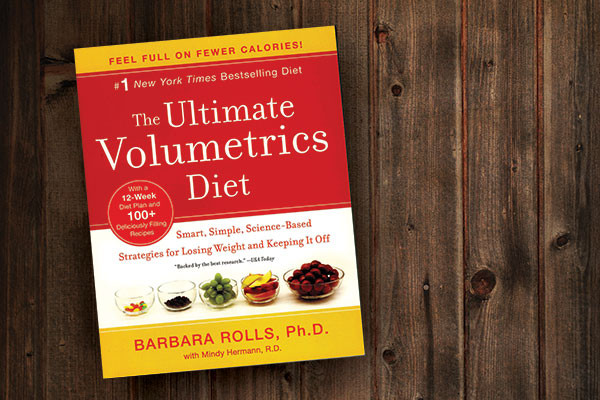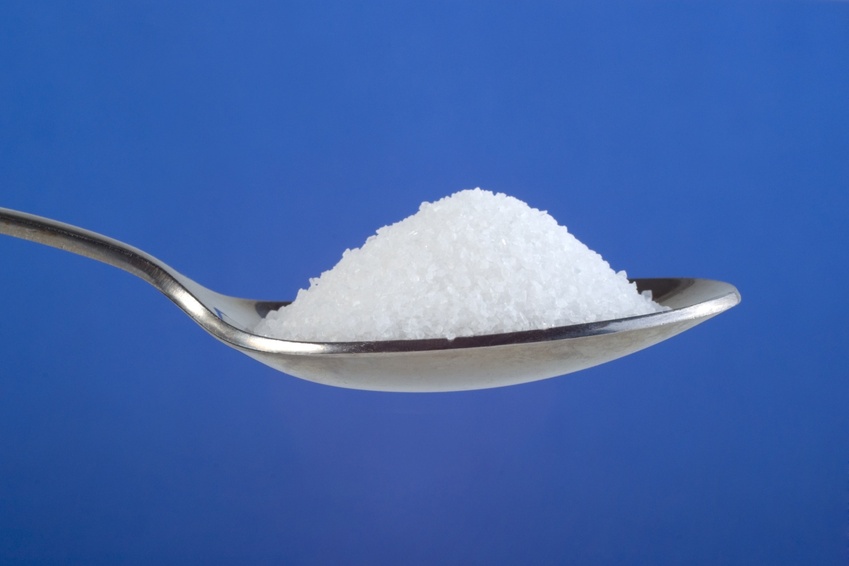Never heard of kimchee? Then let me be the one to introduce you this really amazing (and healthy) food.
But before I start I should explain that my love of kimchee is about 25 years old now. It started in a sadly long defunct restaurant in South Wimbledon, London whose name escapes me for the moment. (It was great and real shame it closed.)
The evening we went (a Saturday I think) my eating life changed. For the first time I tried Kimchee – the spicy fermented cabbage which is the hallmark of Korean food. Talking to the gentleman who ran the place I was told that there are around 100,000 different types of fermented and picked vegetable dishes on the peninsula. It was then a decided (by my wife and I) that our next holiday had to be to Korea. When we went we find it was (and still was on subsequent visits) a paradise for those who love hot and tasty food, wonderful people, great scenery and some of the finest sights in Asia. (Ad for Korea over but do go… you won’t regret it).
Back now to the discussion of kimchee and why it is good for you.
As you may have picked up fermented foods (such as sauerkraut) are the fashion of the moment. Kimchee comes into this category of tasty things.
The first point is that kimchi (an alternative spelling) is low in calories and high in fibre which makes it a great part of a weight loss program!
Secondly it is very high in vitamins. In particular vitamin A, vitamin B1, vitamin B2 and vitamin C. I’m told that the vitamin C content is upped by the fermentation process.
Kimchee is also a great source of antioxidants. You can read up about the benefits of anti-oxidants at our previous blog.
But most importantly it is probiotic. According to the NHS “Probiotics are live bacteria and yeasts promoted as having various health benefits. They’re usually added to yoghurts or taken as food supplements, and are often described as ‘good’ or ‘friendly’ bacteria.” Again we have a whole blogful of data here on probiotics.
So what is Kimchi useful for health-wise?
- Diabetes comes to mind. Koreans, it seems, have a lower incidence than say the
US and this has been attributed to the kimchi in the diet. And it does help reduce blood sugar levels.
- Yes I was a bit surprised by this as well! But again the great bacteria produced by eating kimchee do their job!
- Lowers cholesterol. Now kimchi has a high level of garlic which may well help reduce Cholesterol.
- Boost the immune system.
- General digestive health including bowel problems. Here both the fibre and the bacteria come into play.
- Aids weight loss and helps fight obesity!
- Anti-aging properties. Collagen produced by the bacteria helps keep you skin in tip top condition!
So where can I get kimchee? Well these days a lot of supermarket chain sell it otherwise specialist Asian stores are your beast!
Otherwise you might even want to consider making your own. Here is the recipe I use.
PS I should mention that kimchi smells quite strong. So both my wife and I have had complaints when we have taken it into work.
PPS It is not just vegetables which are fermented. I once tried fermented fish guts. You should too.





